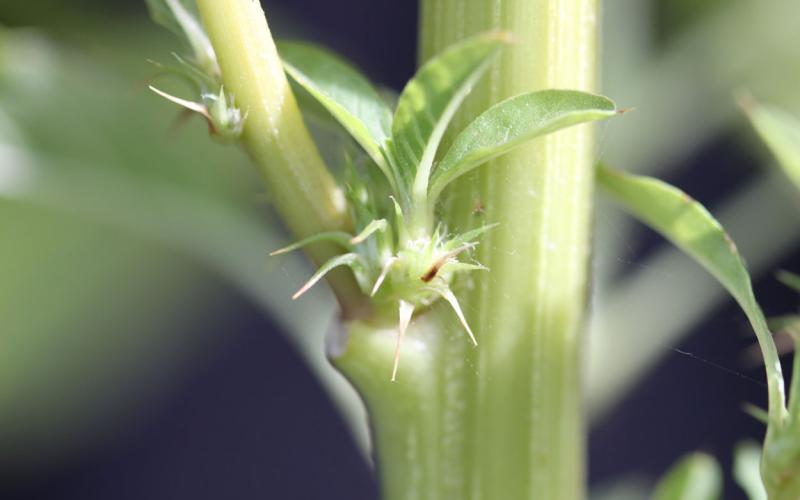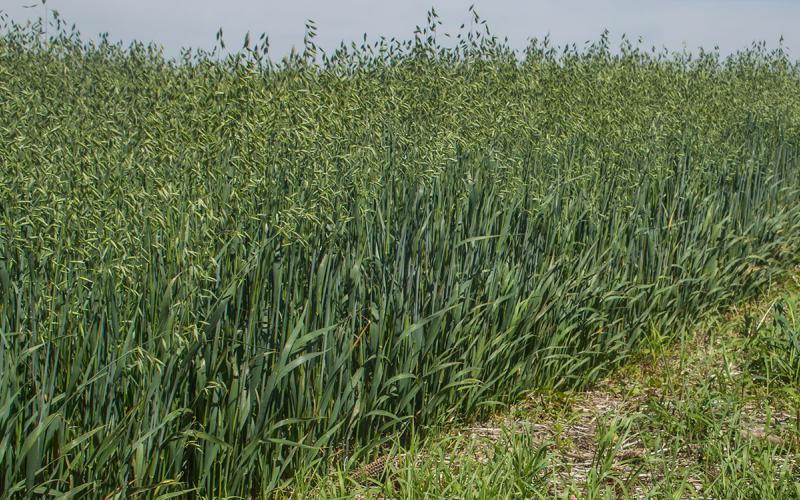Preemergence Herbicide Recommendations

As soil temperatures begin to increase, many farmers are beginning to plant crops and apply preemergence herbicides to control weeds. Preemergence herbicide rates are highly dependent on soil type. Soils higher in sand content require a lower herbicide rate compared to soils with higher clay or organic matter (see the examples in Table 1). The differential application rate is attributable to the higher availability of the herbicide in a sandy soil compared to the lower availability in a loamy/clay soil due to the abundance of binding sites (electric conductivity, abbreviated as EC). Fields can be variable in soil types, textures, and other properties (see the example in Figure 1). Often a single rate for a preemergence herbicide is applied to the entire field. Farmers should not assume what soil types are present in their fields. Knowing your fields can increase weed control by applying the proper rates. If assumptions are made about the field, inadequate weed control and/or carryover injury on subsequently grown crops can occur.
| Coarse Soils | 1.0 to 1.33 pints per acre (Abbreviated as pt/A); <3% organic matter (abbreviated as OM). 1.33 pt/A; ≥3% OM |
|---|---|
| Medium Soils | 1.33 to 1.67 pt/A |
| Fine Soils | 1.33 to 1.67 pt/A; <3% OM 1.67 to 2.0 pt/A; ≥3% OM |
* Information courtesy of Syngenta. For all applications, use the rate for the specific soil texture and OM. For extended residual or control of heavy weed infestations, up to 2.6 pt/A is allowed.
Identifying Soil Types

Farmers can readily access the Web Soil Survey for a detailed report on the soils of their fields provided by the U.S. Department of Agriculture Natural Resources Conservation Service (abbreviated as USDA NRCS), as illustrated in the example in Figure 2. The soil survey maps provide descriptions of soil types, soil properties and feature tables within the field selected. Farmers can quickly use this tool to determine the soil types in their field before selecting a rate of the preemergence herbicide. If variable soil types are present within a field, the application rate can be adjusted via speed and/or pressure. In addition to selecting the proper rate, knowing the different soil types in a field can also help identify what weed species will infest certain areas of the field. In soils that stay wet throughout the season, weeds, such as common cocklebur and wild buckwheat, inhabit these areas. Contrarily, common sunflower, horseweed, and kochia are common in sandier soils that are usually dry. Knowing the historic distribution of weeds as well can improve weed control by selecting a pre-and-postemergence herbicide that is effective on the weeds within a field. Keeping detailed records of the weed species distribution will help make sound decisions for future growing seasons.


